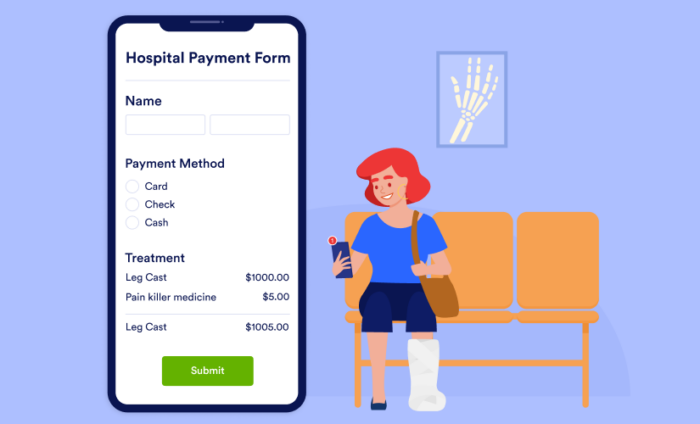6 tips for collecting co-pays and deductibles from patients
As a medical provider, you want to focus on the daily tasks and activities that matter most: supporting your patients and meeting their healthcare needs. But while quality patient care is essential, you can’t run your practice without having sound administrative systems in place to keep the office operating efficiently.
One of the most tedious tasks is keeping up with billing and patient payments. Insurance requirements vary from one plan to the next, and it can be a challenge to track how much each patient needs to pay.
What’s your strategy for patient billing and collections? It’s essential to design a system that helps you stay on top of everything and keeps your workflow running smoothly. These efforts pay off in the form of effective cash flow management and financial security for your medical practice.
Here are a few tips to help if you need a better system for collecting co-pays and deductibles from patients.
1. Assign the responsibility to office staff
By developing clear guidelines and assigning tasks to your team, you reduce the likelihood that payment collections will fall through the cracks.
Choose specific staff members who should always oversee these activities. By assigning the responsibility to specific people in the office, there won’t be any questions about who will manage the initial collection and payment follow-through when needed.
2. Consider the patient experience
Don’t put all of your attention on collecting co-pays and deductibles — your practice is about more than just the numbers.
Consider the patient’s experience in this process to ensure their overall satisfaction when they visit your office. For example, you can improve their experience by offering simple digital payment platforms and user-friendly forms to minimize potential frustration.
3. Avoid open-ended questions
If you’re hesitant about approaching each patient for payment, you’ll leave an easy exit for them to finish the conversation without paying. Be direct and careful about how you phrase payment requests. Instead of asking, “Are you able to pay today?” say, “I see you have a balance of $150 due today. Would you like to pay with cash or a credit card?”
4. Ask for immediate payment
The most effective approach for collecting co-pays and deductibles is to encourage patients to pay at the time of service. The longer a patient waits to provide payment, the less likely it is you’ll receive the total amount owed. Some medical offices offer a prompt payment discount to encourage patients to pay at the time of the appointment.
Your office should have a goal to collect 100 percent of co-pays and deductibles when patients visit the office.
5. Offer payment options
Providing various ways for patients to take care of their co-pays and deductibles will increase the likelihood that they’ll provide payment on the spot. Begin the conversation by asking the patient for the total balance. Then, suggest other solutions or payment plans that fit your office policies.
You might set up recurring payments on a credit card if someone can’t pay the total amount immediately or refer the patient to financing options.
6. Maintain open communication
Make sure that everyone is on the same page about co-pays and deductibles. Be up front about the service costs before the appointment so each patient knows what to expect. Also, check with the insurance company to identify which patients have a co-pay and which patients need to pay a deductible.
Knowing the status of each patient’s financial obligations helps minimize confusion when it’s time to ask for payment.
Streamline the collection of co-pays and deductibles
Since payment collection happens daily, make sure you have a streamlined system in place to support the needs of patients and office staff. It doesn’t matter if you’re a private practice or a large hospital; you need a reliable system for collecting payments from your patients.
Jotform offers a variety of solutions to support these administrative tasks while maintaining HIPAA-friendly. Choose one of our payment form templates, which you can customize to meet your unique needs.
In addition to automating payment processing, you can use Jotform to improve other workflows, such as scheduling office appointments and telemedicine appointments, registering new patients, collecting medical consent authorizations, and more.
You can create these forms effortlessly using premade templates, then integrate them with your other administrative systems to reduce busywork. Not only are these forms HIPAA-friendly, but they also work seamlessly with Jotform Tables to securely store patient data.
When you have the right systems for collecting co-pays and deductibles from patients, you reduce the stress of cash flow management and other financial concerns. At the same time, digital forms decrease the administrative burden on your staff members, helping the team focus on what matters most: the health of each patient.

















































Send Comment:
1 Comments:
More than a year ago
what if you run to this issue, where the doctor is going through a company that has nothing to do with health care but using a billing, with a credit card that the company gets hacked into? weekly by using this company.